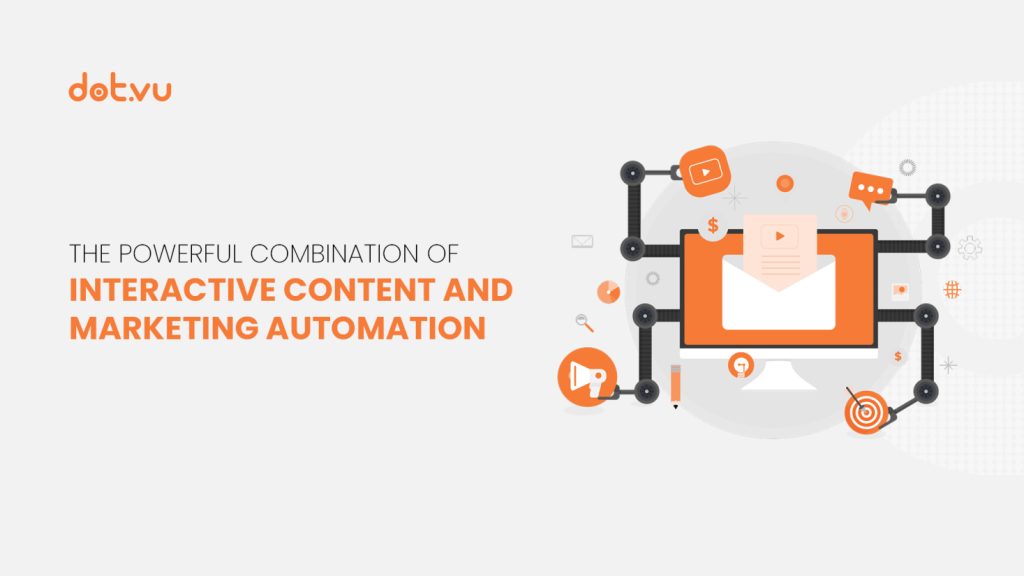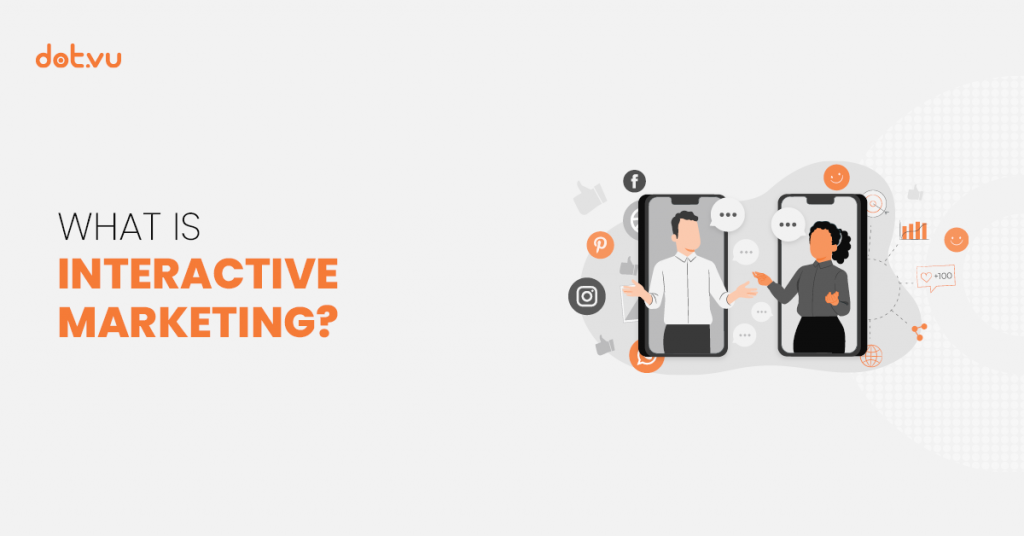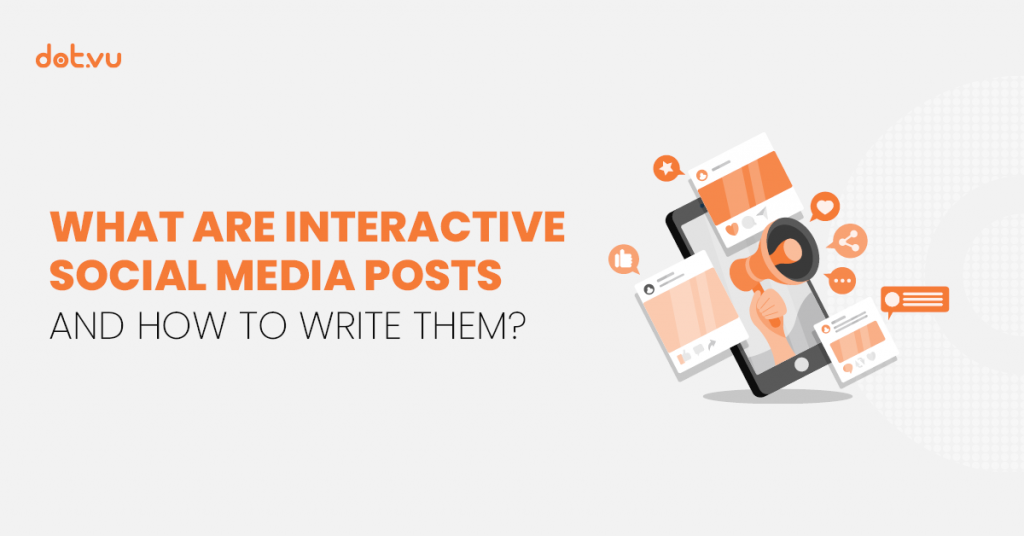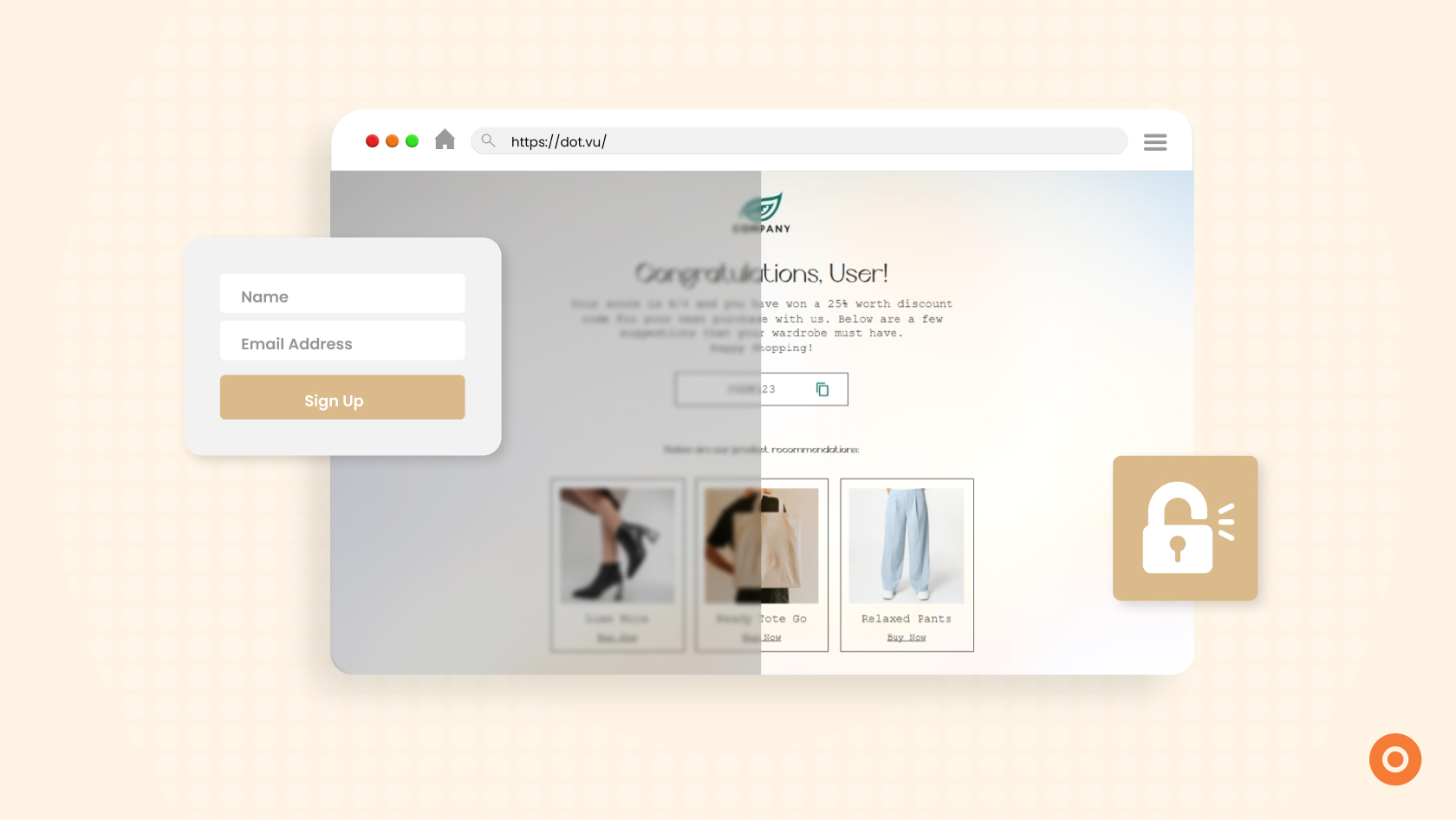
Have you ever been looking through something on a website and suddenly it locks, and you end up having to provide your details like your name, email or even phone number? That, my friend, is premium content.
Sometimes, users can get annoyed with premium content constantly popping up and they end up leaving the website instead because it interrupts what they’re doing. However, it benefits businesses in a way where they can collect leads, but they might lose some customer engagement as well.
So how can you create it without annoying your audience? The answer is Interactive Content!
Table of Content:
- What is Premium Content and How to Create It Using Interactive Content
- Why Use Interactive Content for Premium Content
- What makes Premium Content “premium”
- Why Interactive Premium Content Stands Out
- Types of A+ Content you can use
- Best Practices for Creating Interactive Premium Content
- Tracking Performance and Analytics
- Looks like you’re ready!
What is Premium Content and How to Create It Using Interactive Content
Do you ever wonder if your users are just skimming through your content or are they actually engaging with it? This is where premium content comes in. It makes things exclusive because it’s a high-value material that users pay for, subscribe to, or exchange information for. It’s a lead generation tool that most brands use to build customer loyalty. The online world now is full of information, and it can make customers feel overwhelmed. This type of content sets your brand apart by offering something of specific value to your audience.
When you’re offering exclusive material—whether it’s a gated eBook, members-only video series, or a high-impact webinar—making sure your audience has a smooth and trustworthy way to access and pay for that content becomes part of the user experience itself. If the payment process feels clunky or confusing, it can chip away at the sense of premium value you’ve worked so hard to build. That’s why intelligent systems that manage your subscriptions with clarity, automation, and flexibility can be a game-changer.
Not only does this keep your most loyal audience looped in and consistently engaged, but it also reduces churn and administrative hassle on your end. With the right orchestration, your brand doesn’t just deliver great content—it delivers an experience that feels seamless from the first click to every renewal thereafter.
Why Use Interactive Content for Premium Content
Interactive content engages users actively. This creates a more compelling experience, which encourages users to participate and return. Interactive elements add value to premium content by personalizing it, encouraging engagement, and gathering useful data.
What makes Premium Content “premium”
Premium content stands out because it offers something special, and it provides real value. To create premium content that is actually premium, it has to meet certain standards and make it worthwhile for users.
Here’s what sets it apart:
- High Quality: Premium content prioritizes accuracy, reliability, and relevance. Users value trustworthy information that answers specific needs or questions.
- Exclusivity: Premium content is only accessible to those who provide information or payment, making it more desirable.
- Value Exchange: To access premium content, users exchange their data or funds, expecting relevant and useful information in return.
Why Interactive Premium Content Stands Out
Interactive premium content stands out because it captures attention. Users actively engage with the content instead of passively consuming it. This engagement keeps users interested and provides your business with direct insights about user preferences and needs.
Types of A+ Content you can use
Unlike static content, interactive elements invite users to participate, providing instant feedback and insights tailored to their responses. This creates a two-way interaction that builds stronger connections and provides useful data for deeper follow-up.
Here are some of the most effective types of interactive premium content and ways to use them:
1. Marketing Games
Marketing games are designed to capture attention and encourage brand interaction. These games, such as spin-the-wheel contests or even a simple jumping game can engage users in a fun, memorable way. They’re ideal for generating leads when prizes or special content are gated behind a lead form. To maximize impact, keep your games brief and reward-focused, offering a tangible incentive like an exclusive discount or downloadable resource.
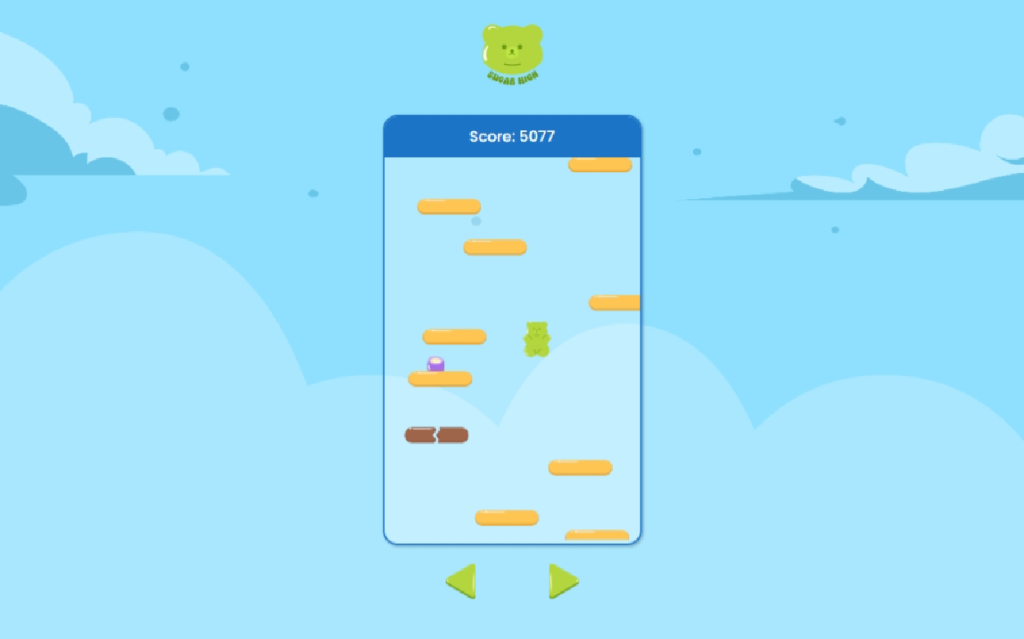
2. Interactive Quizzes
Interactive Quizzes provide users with personalized insights and can range from personality tests to assessments. These quizzes conclude with tailored recommendations or resources based on the user’s responses, which boosts engagement and conversion. To encourage participation, encourage users to complete a lead form before accessing quiz results. This allows for targeted follow-up, connecting users with additional resources that align with their interests.
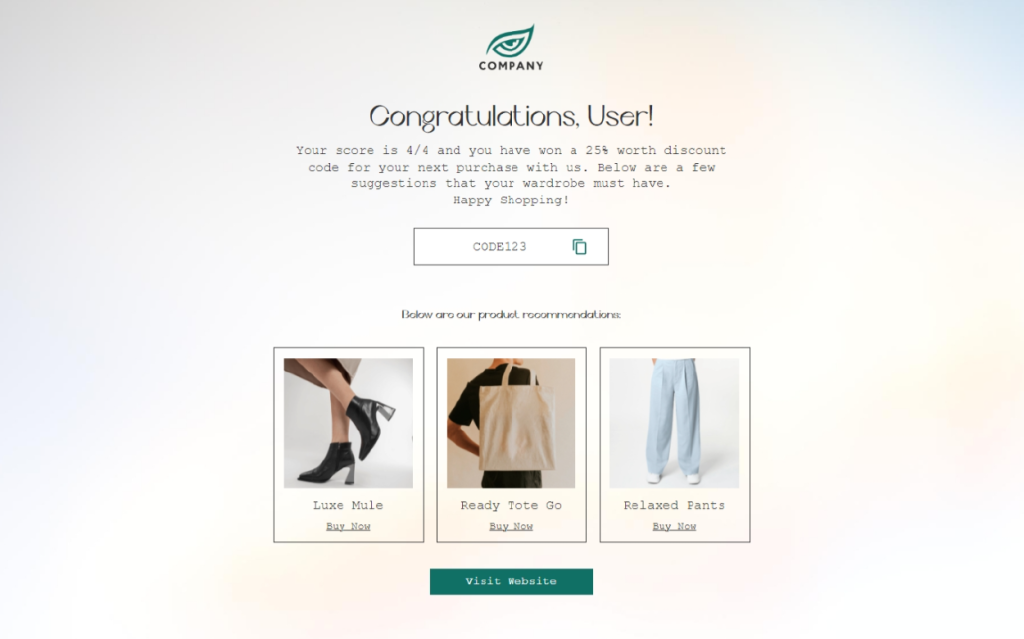
3. Interactive Flipbooks
Interactive Flipbooks offer a unique, engaging alternative to static PDFs. By using digital flip-page functionality, flipbooks create an immersive experience that holds user attention. They’re effective as reports, catalogs, or eBooks. You might allow a few sample pages for free, then gate the full flipbook behind a sign-up form. Enhance interactivity by including clickable sections, embedded videos, or pop-ups to keep readers engaged throughout the document.
See also: How to Make an Interactive PDF
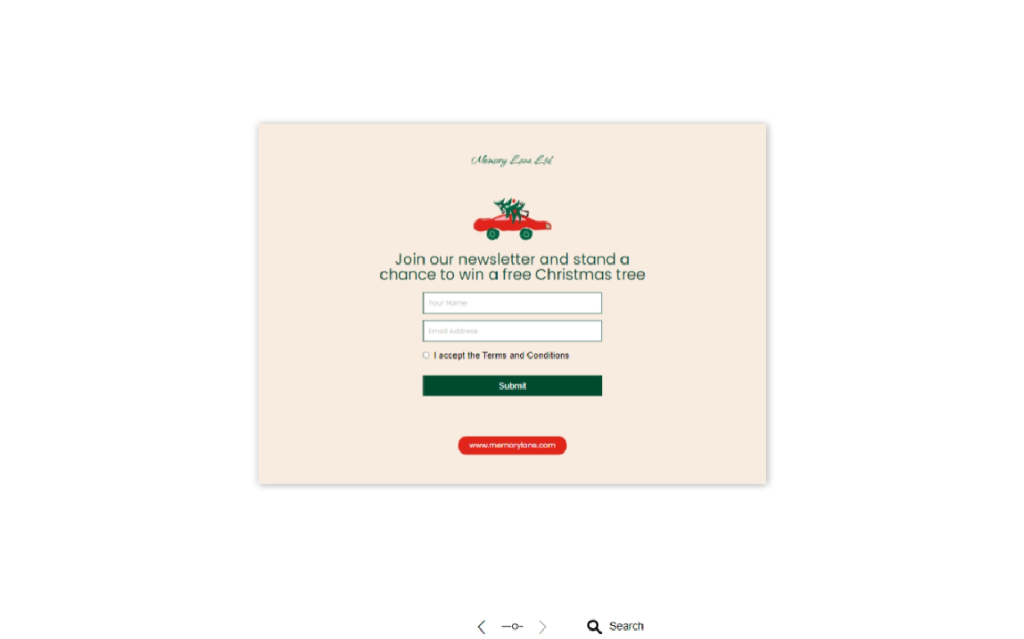
4. Calculators
Calculators offer practical value by providing personalized calculations based on user input. Examples include budget calculators, ROI estimators, and savings calculators. Users gain relevant insights, while businesses capture leads by gating the final results behind a lead form. To ensure usability, keep calculators visually clear, straightforward, and provide users with a downloadable summary of results for added value.
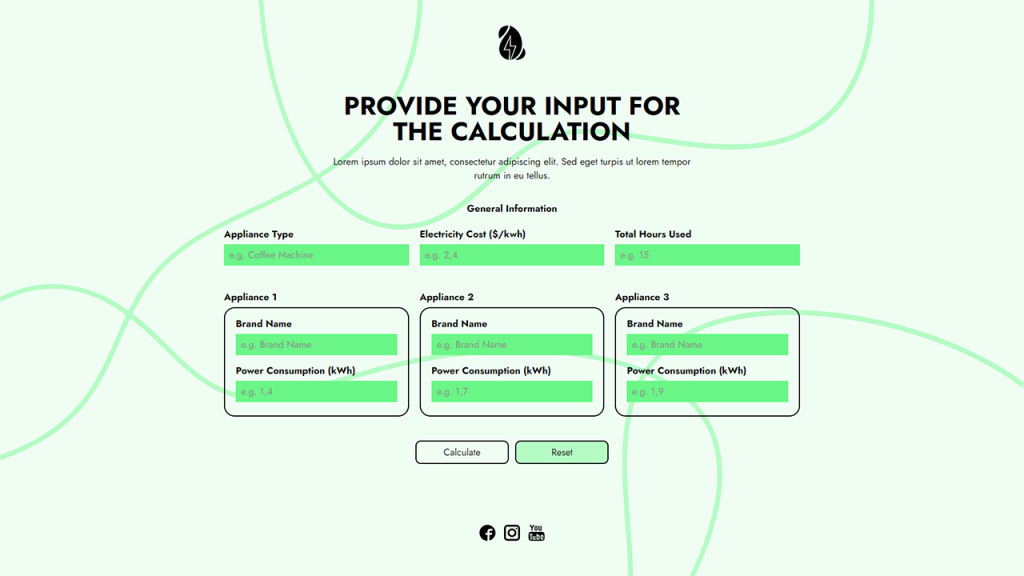
5.Solution Finders
Solution Finders guide users to the most relevant products or services based on their needs. Users answer questions to receive tailored recommendations, which makes these tools effective for personalized product suggestions. By gating the final recommendations behind a lead form, you gather valuable user data. Keep questions relevant and brief, delivering clear results that provide immediate value.
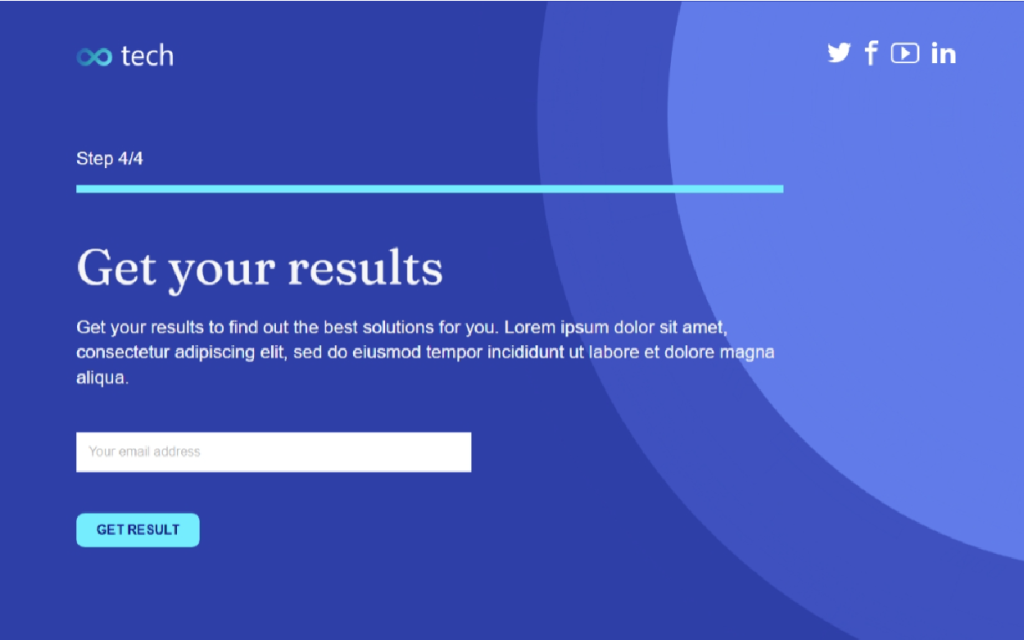
6. Forms
Custom forms collect specific information from users, offering a highly personalized experience. Examples include needs assessments, feedback forms, and consultation requests. Multi-step forms work best, as they keep users engaged while gathering detailed insights. Offer a benefit, such as an exclusive download or tailored response, upon form completion to encourage participation. Progress indicators also improve the user experience, ensuring users complete the form for their desired outcome.
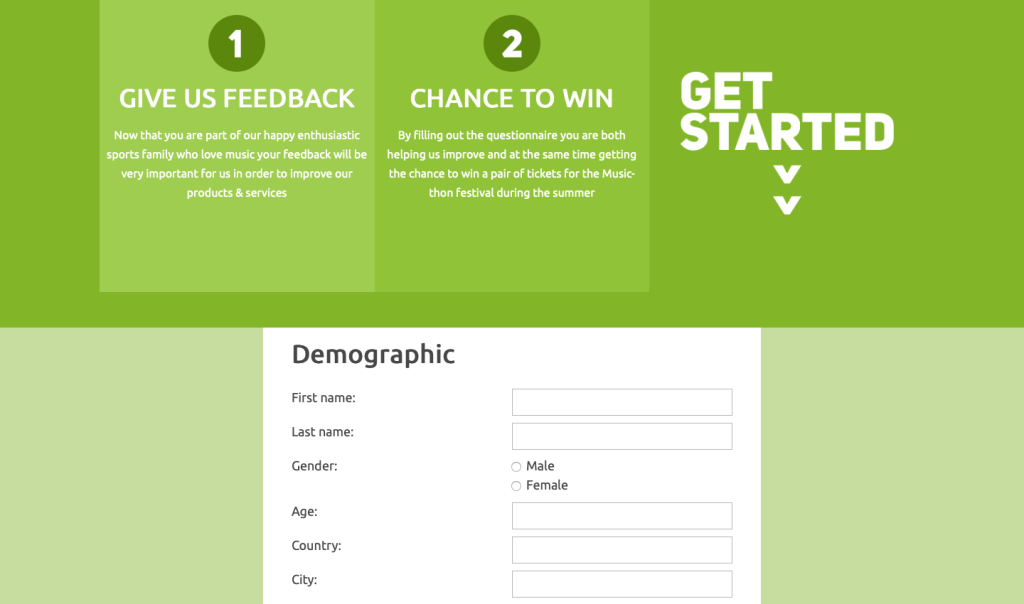
Best Practices for Creating Interactive Premium Content
Now that you’ve seen some premium content ideas. How can you implement them? Here’s some best practices you should be mindful of when creating premium content.
- Define Goals and Audience: Know your audience and the purpose of your content. Align each piece of content with specific user needs.
- Offer Real Value: Users expect valuable incentives. Ensure the content justifies the exchange.
- Optimize User Experience: Design each type of content for ease of use. Keep it mobile-friendly and easy to navigate.
- Personalize the Experience: Use data collected from interactive content to customize future responses or offers.
- Use Clear CTAs and Follow Up: Guide users toward more content after they engage with initial pieces. Use targeted email follow-ups to nurture these leads.
- Try Interactive Content Platforms: Platforms like Dot.vu offer tools for creating quizzes, calculators, and solution finders. These tools make interactive content easy to design and deploy.
Tracking Performance and Analytics
As mentioned, premium content is often gated by something. You might be wondering how can you track the performance of your content like:
How much time do users spend on your content?
What pages or sections do they focus on the most?
How often do they revisit or go through the content?
Well, we have the answer to that! Our platform provides detailed insights into how your Interactive Content is performing, so you can see exactly what’s working and where improvements can be made. You can take advantage of our platform’s analytics dashboard so you can fine-tune your future content and make sure it delivers even better results.
Looks like you’re ready!
Heard of the term “work smarter, not harder”? Work smarter by using interactive premium content! It works harder for you, driving leads and delivering value every step of the way (it does the heavy lifting for you).
After reading this blog article, you are definitely more than ready to create premium content that your audience will love!
But maybe you’re still on the fence whether or not it will keep your audience engaged? That’s where Dot.vu comes in! Our platform helps you create Interactive Content that not only looks great but also keeps users engaged from start to finish!
With Dot.vu, you’ll create content your audience will want to click on and get real results. Want to try it? Sign up for a 14-day free trial and start creating content that works.
